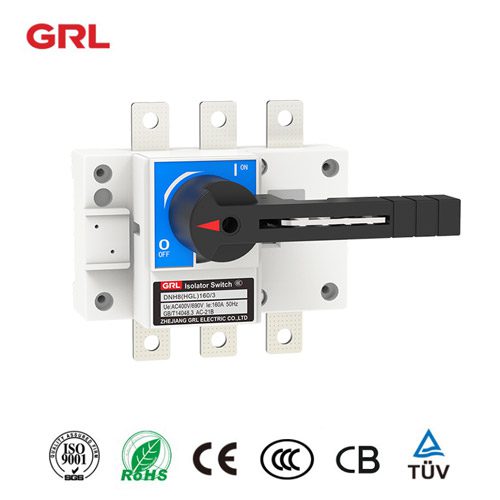# Sino-Cultural Exchange and Its Global Impact
Sino-Cultural Exchange and Its Global Impact
Cultural exchange between China and the rest of the world has been a significant force in shaping global civilization for centuries. The term “Sino-cultural” refers to the rich tapestry of Chinese cultural elements that have interacted with, influenced, and been influenced by other cultures throughout history.
The Historical Roots of Sino-Cultural Exchange
The Silk Road stands as perhaps the most famous early example of Sino-cultural exchange. This ancient network of trade routes facilitated not just the movement of goods, but also ideas, religions, and artistic traditions between China and civilizations as far west as Rome.
During the Tang Dynasty (618-907 CE), China’s capital Chang’an (modern Xi’an) became a cosmopolitan hub where Persian merchants, Korean scholars, and Indian monks mingled with Chinese officials and artists. This period saw significant cultural cross-pollination that influenced everything from music to cuisine.
Modern Manifestations of Sino-Cultural Exchange
In contemporary times, Sino-cultural exchange has taken on new forms and reached unprecedented scales:
- The global popularity of Chinese cuisine, with dishes like dumplings and Peking duck becoming international favorites
- The worldwide spread of traditional Chinese medicine practices such as acupuncture
- The increasing influence of Chinese cinema and television dramas in global entertainment markets
- The growing interest in learning Mandarin Chinese as a second language
The Impact on Global Arts and Philosophy
Chinese artistic traditions have profoundly influenced global aesthetics. The minimalist elegance of Chinese landscape painting inspired European impressionists, while Chinese porcelain techniques revolutionized ceramic production worldwide.
Philosophical traditions like Confucianism and Daoism have provided alternative frameworks for understanding ethics, governance, and human relationships that continue to resonate in global discourse.
Challenges and Opportunities
While Sino-cultural exchange offers tremendous opportunities for mutual understanding, it also presents challenges:
| Challenges | Opportunities |
|---|---|
| Cultural misinterpretation | Enhanced global cooperation |
| Commercialization of traditions | Economic growth through cultural industries |
| Political tensions affecting exchange | People-to-people diplomacy |
The Future of Sino-Cultural Exchange
As China’s global role continues to evolve, Sino-cultural exchange will likely expand in both depth and breadth. Digital platforms are creating new avenues for cultural sharing, while educational exchanges foster deeper mutual understanding among younger generations.
The ongoing dialogue between Chinese culture and other world cultures promises to yield new creative syntheses that will enrich global civilization in the 21st century and beyond.




